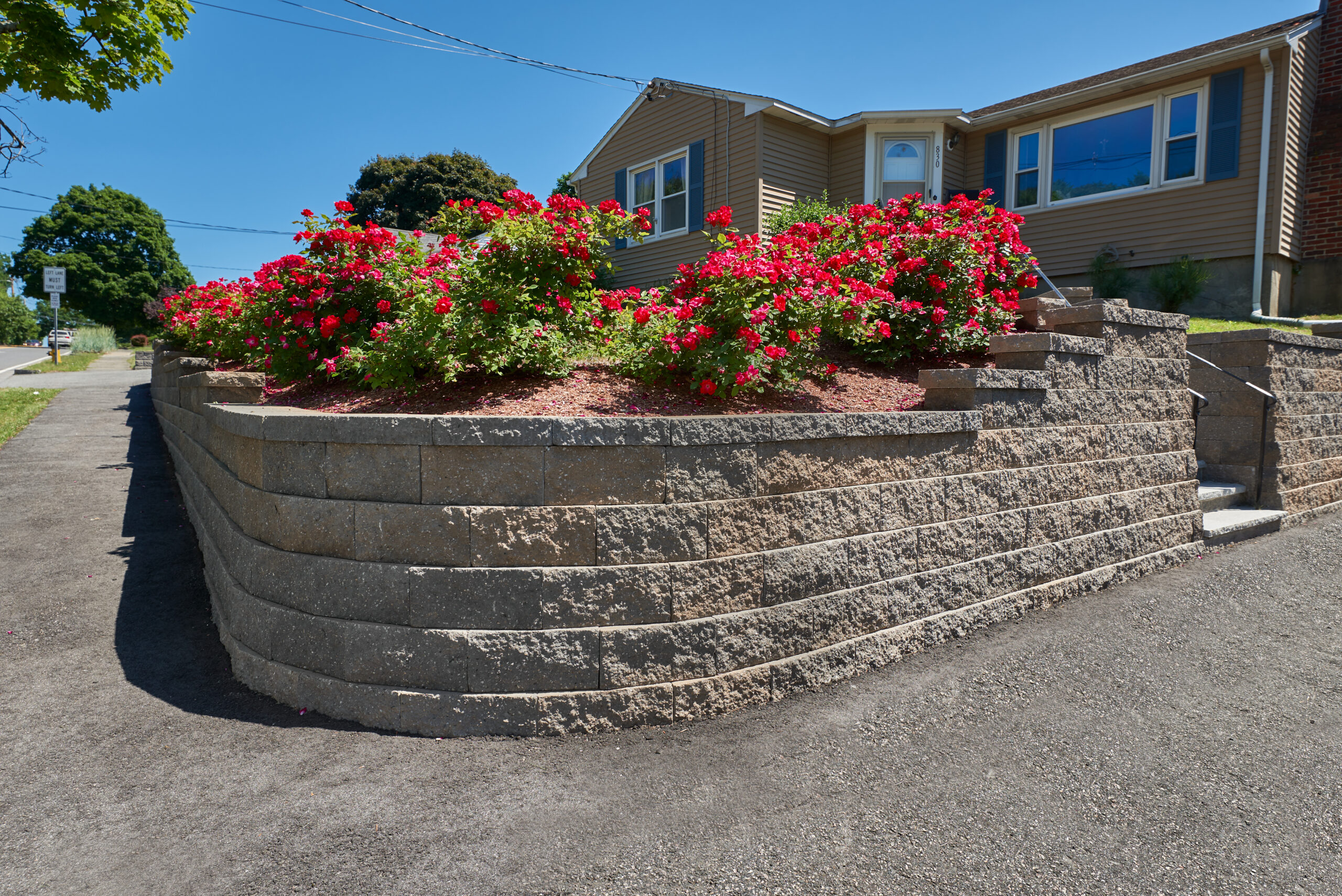These blocks aren’t just an element of functionality. They have now become the kings of outdoor design. They have evolved from being versatile components that seamlessly blend function and aesthetics into an essential design element in modern landscapes. This article will explore the many advantages of retaining walls and sheds light on the ways they can enhance outdoor living spaces.

Retaining wall blocks redefine traditional hardscape elements using the variety of sizes, shapes, and colors. They offer a canvas for property owners to express their own unique visions. The blocks come in many different materials, such as the natural beauty of stone and the durable embrace concrete. Landscape architects and designers employ blocks to create stunning and unified outdoor spaces that are reflective of the distinctiveness of the surrounding surroundings.
Beneath the Surface Allure: Guardians of Stability
Beyond their visual allure, retaining wall blocks unfold a plethora of functional benefits. They’re strong guardians against erosion of soil and shield the outdoor areas from erosion runoff. These blocks offer stability in slopes and uneven terrains. They can transform uneven landscapes to level, tranquil places for relaxation or an enviable garden.
If you’re a homeowner looking to enhance their landscaping without breaking the bank, retaining wall blocks emerge as a smart and affordable option. The simple installation process and low maintenance requirements make them a cost-effective solution. These blocks not only help create visually appealing walls, they can also withstand the elements, providing enduring security without losing aesthetic appeal.
Versatile Sculptors: Defining Outdoor Living Areas
Wall blocks that retain their wall structure are more than just functional and become sculptors who define and mark outdoor living spaces. By integrating them strategically properties owners are able to create zones that accommodate a variety of activities such as al fresco eating, relaxing or even gardening. These blocks can be used as a design element, creating privacy barriers and highlights landscape features, for example, sculpture gardens or water-based installations.
They are stackable and can hold up to three courses in height. They can be stacked as high as three levels before the requirement for geo-grid reinforcement for soil strengthening. To ensure greater stability and longevity when walls become taller, larger configurations are needed. Blocks that are precisely designed to allow seamless interlocking and structural strength can be used as a base for landscaping projects. Geogrid reinforcement provides durability and strength as well as strengthening the walls against the pressures exerted by the soil.
Selecting the Right Block for the Right Ambiance
When choosing the appropriate wall block for your retaining needs, it is important to think about factors such as the dimensions the color and texture and how they’ll fit into your outdoor environment. The decision to build retaining walls is determined by practical aspects like height and soil retention. This careful selection enhances the overall design, by ensuring the structural integrity and aesthetic harmony.
Final: Symphony of Resilience
In the end, retaining walls blocks become transformative components in the design of landscapes, contributing to sustainable and durable landscaping practices. With their infinite design possibilities as well as their ability to stabilize and protect the landscape, and their ability to create living areas, these modest blocks become silent sentinels, redefining outdoor spaces and weaving a tale of peace and timelessness across the landscape. Whether it’s for their economic beauty or practicality, retaining wall block craftsmen are shaping the harmony of nature’s great outdoors.
